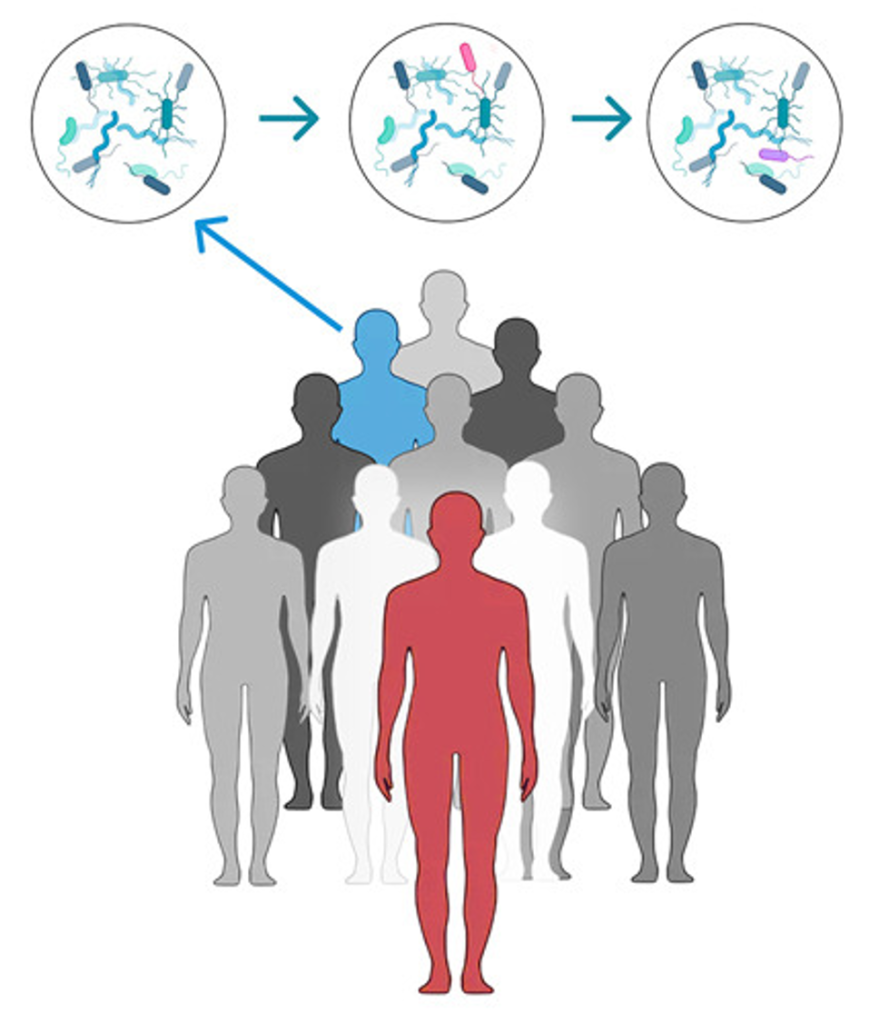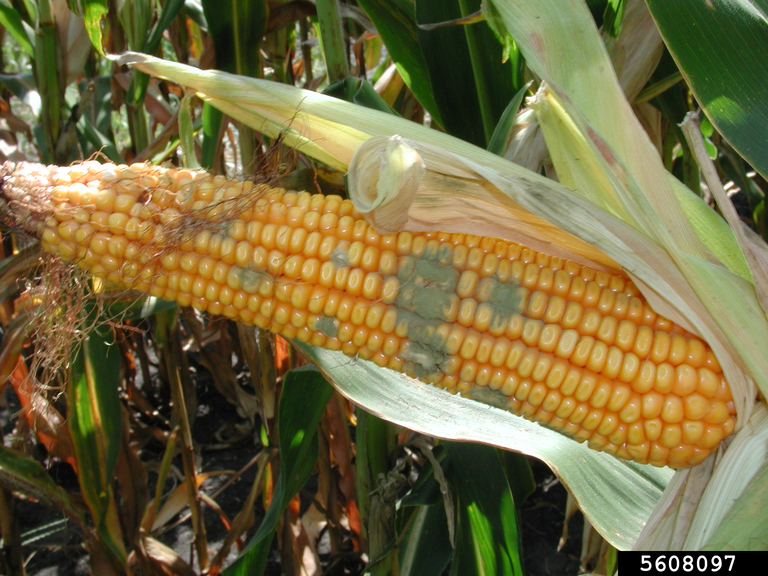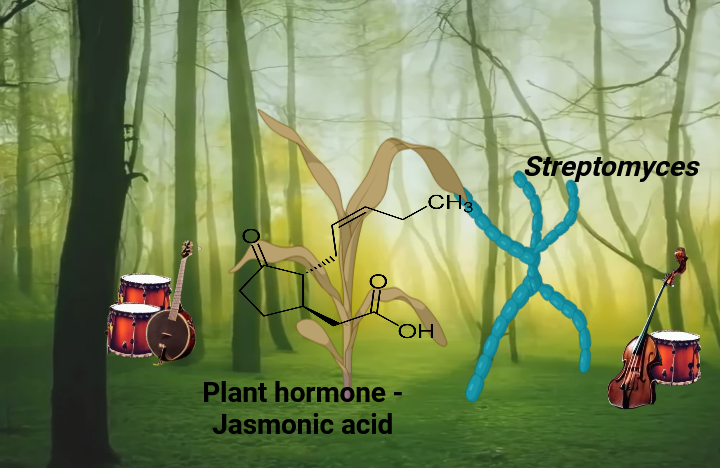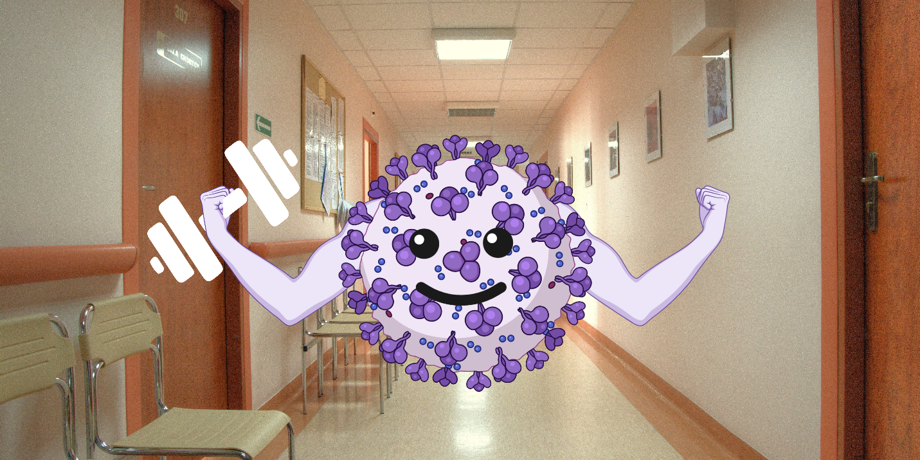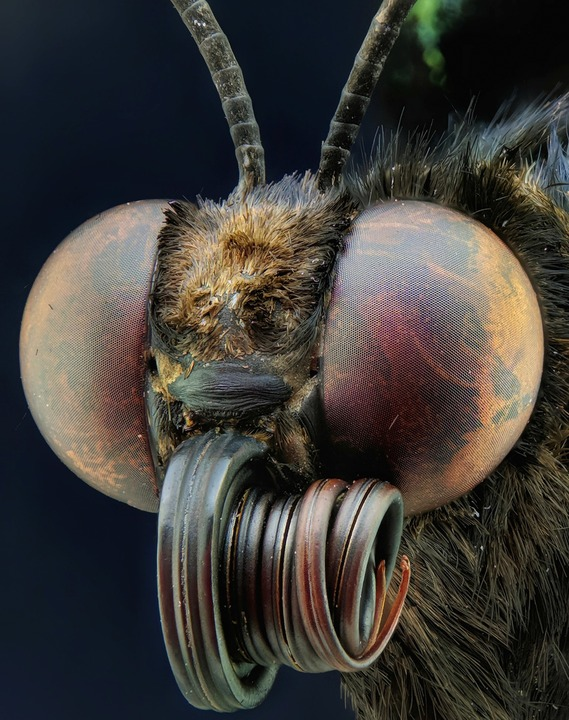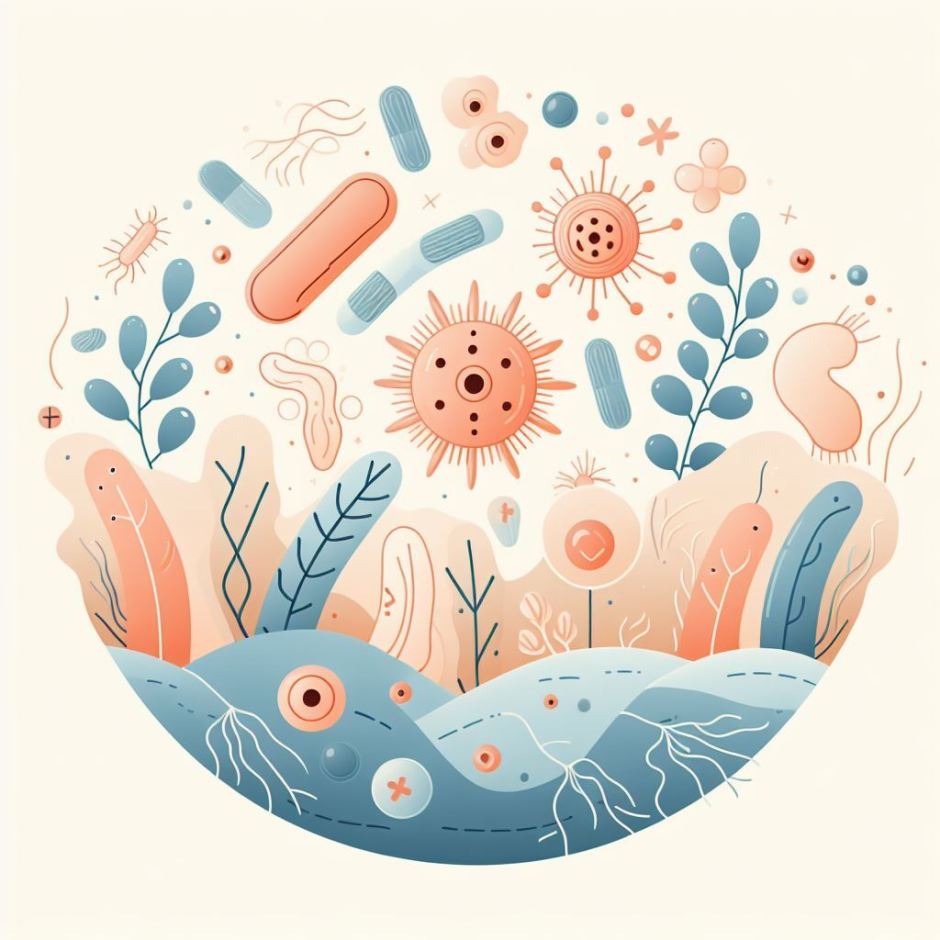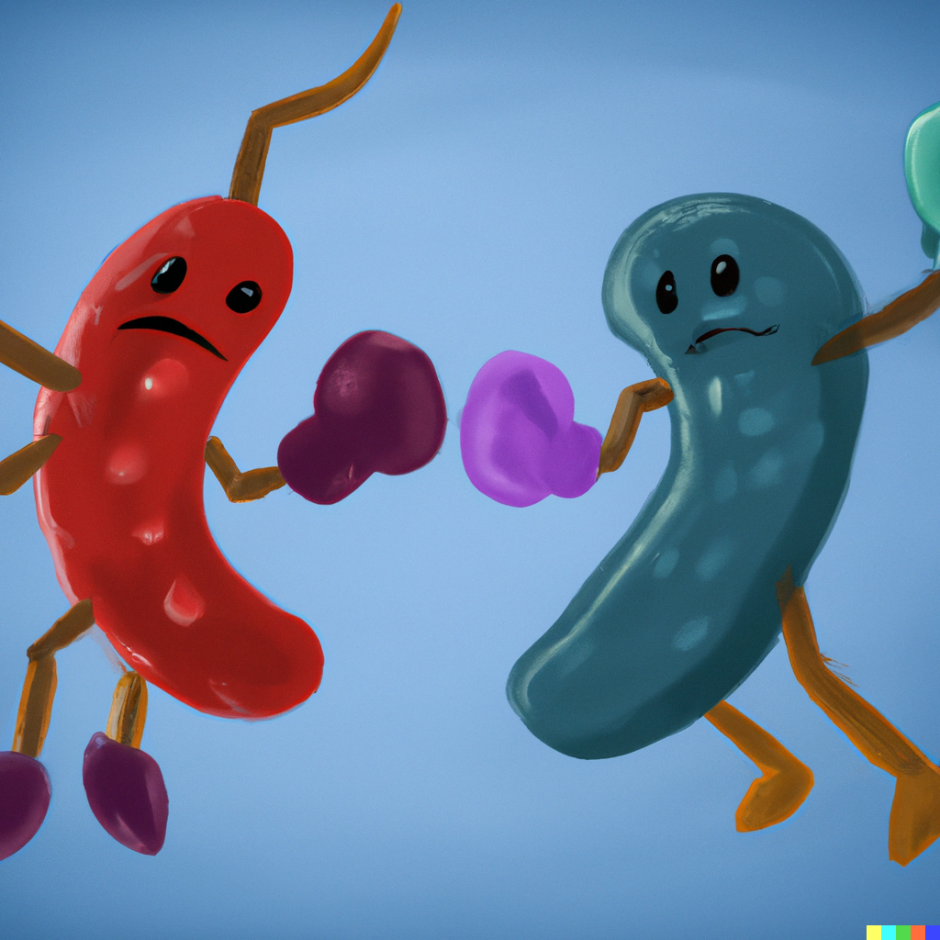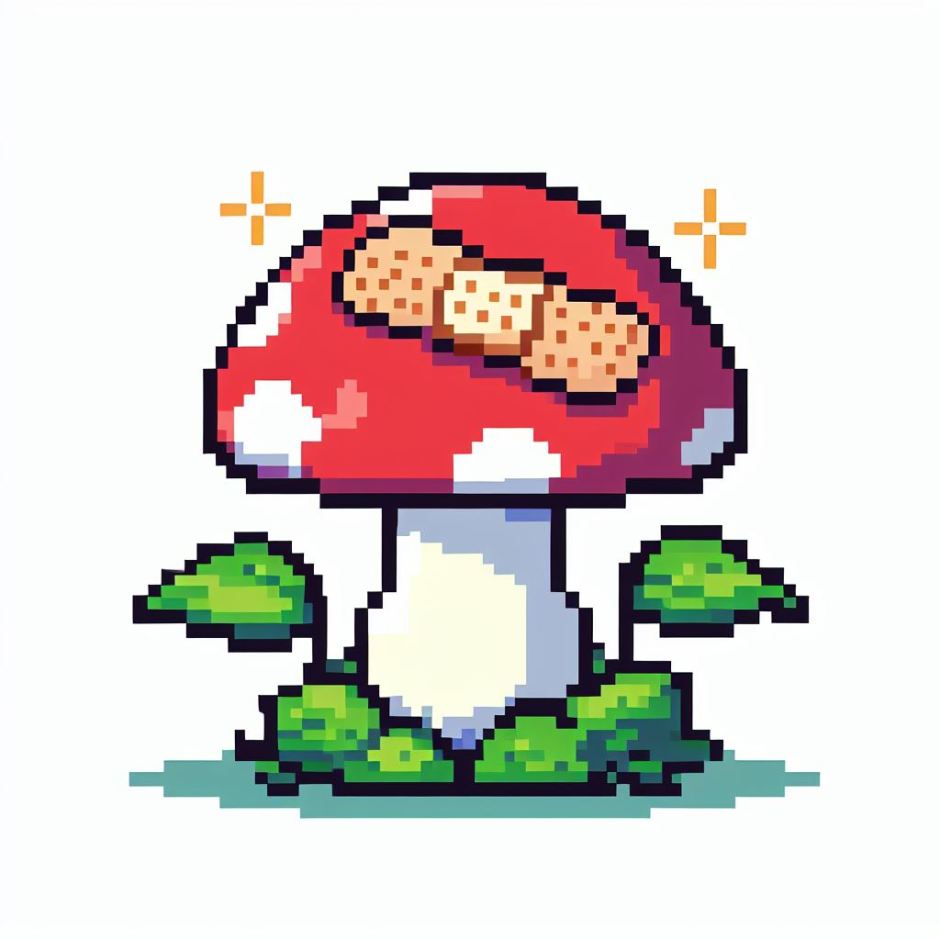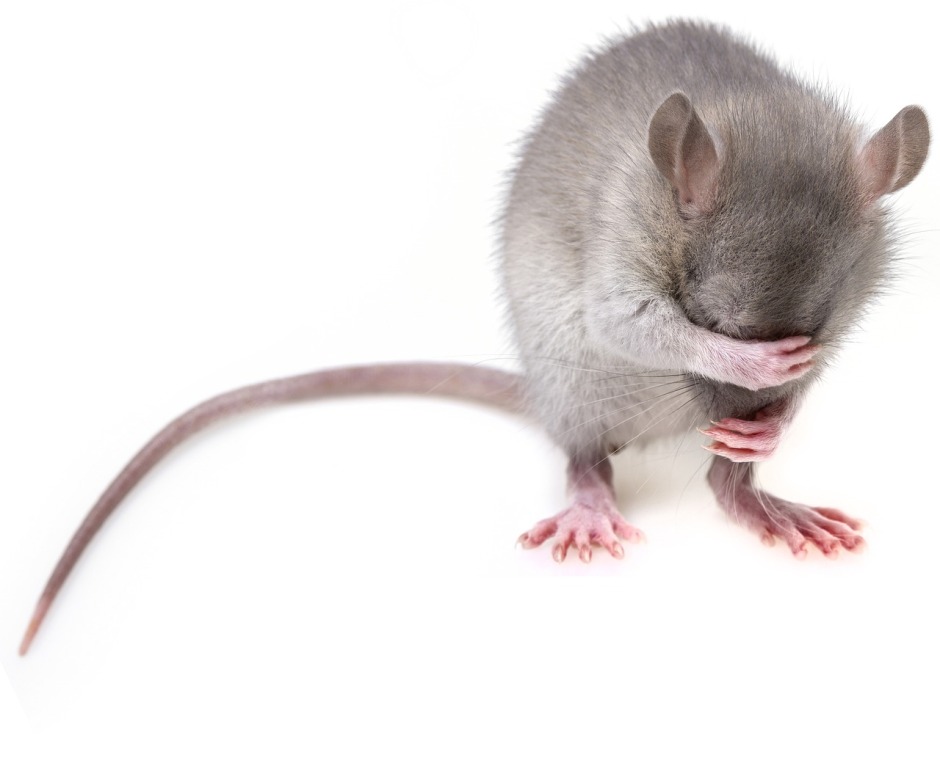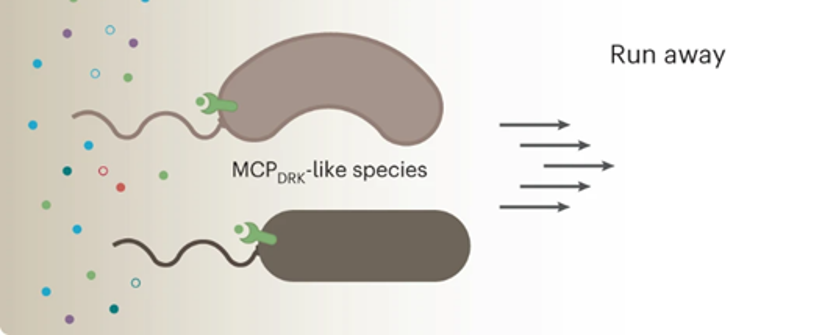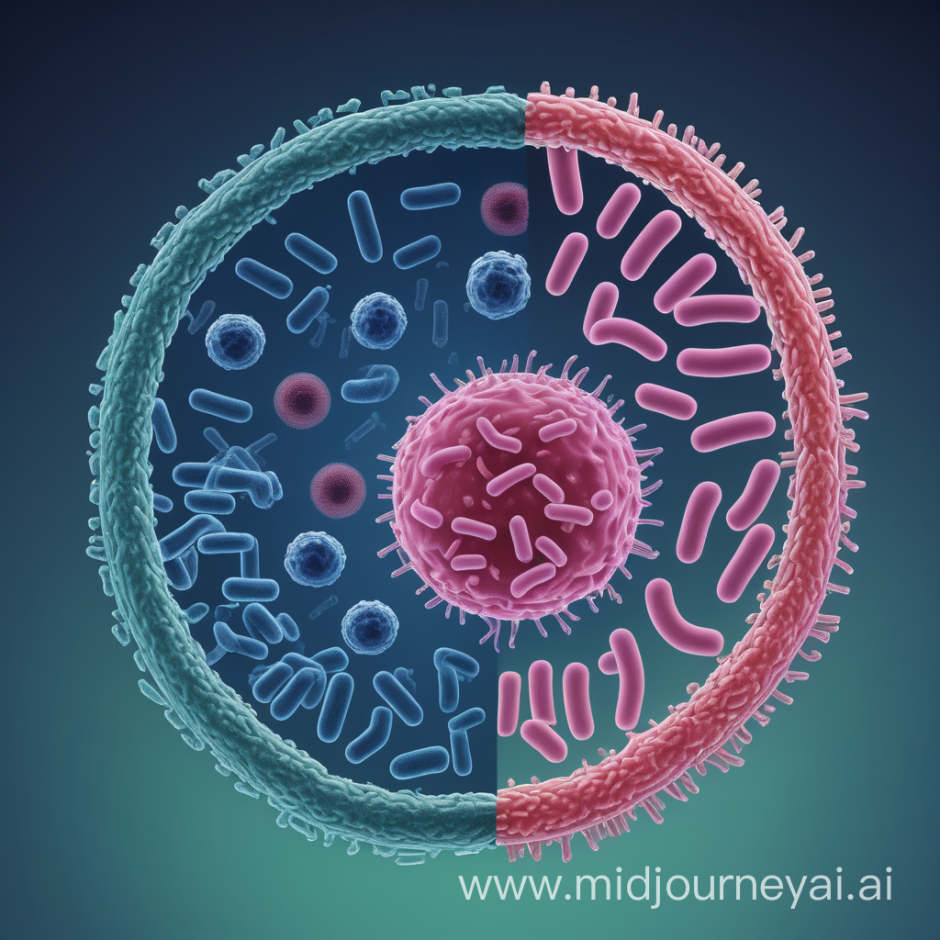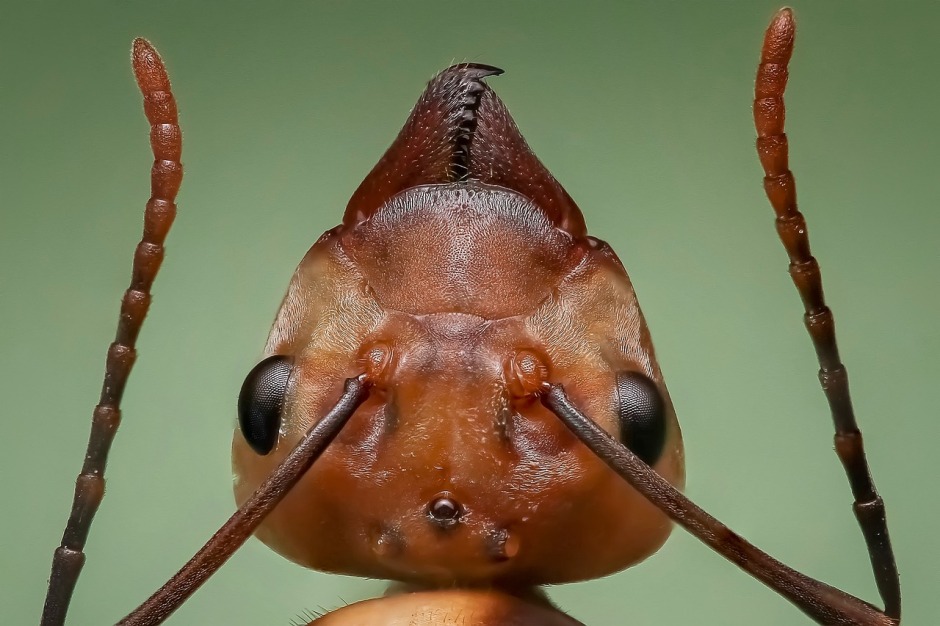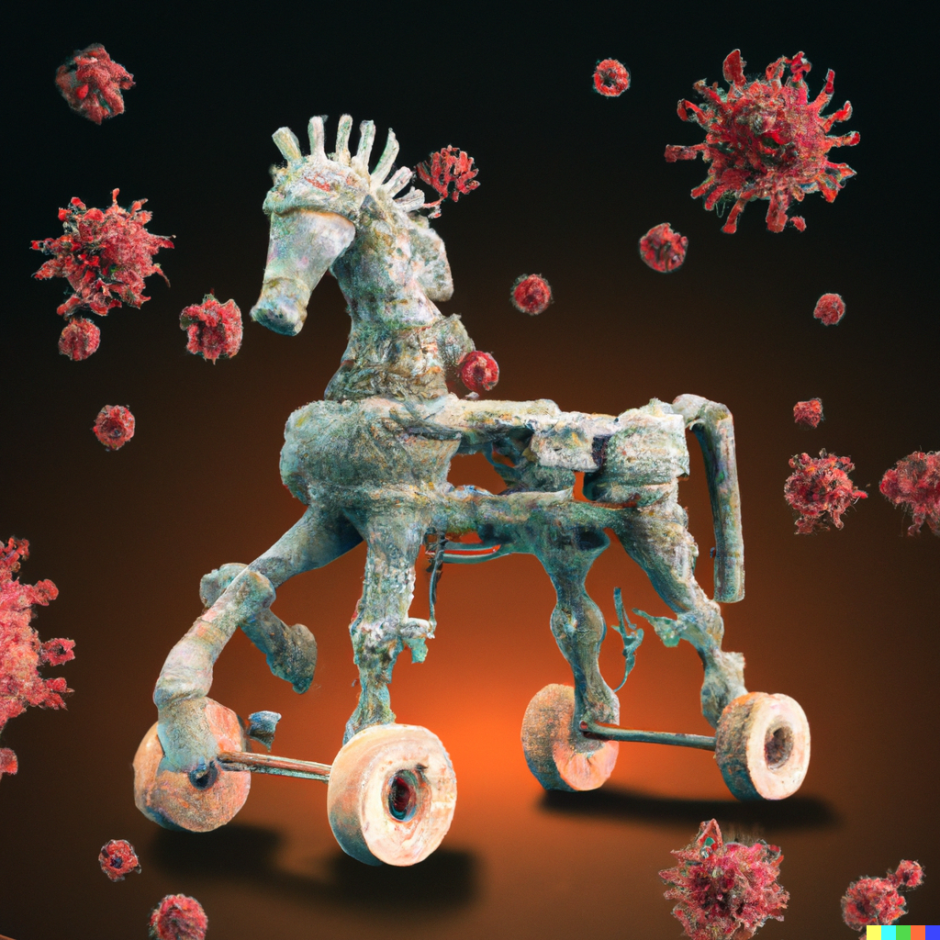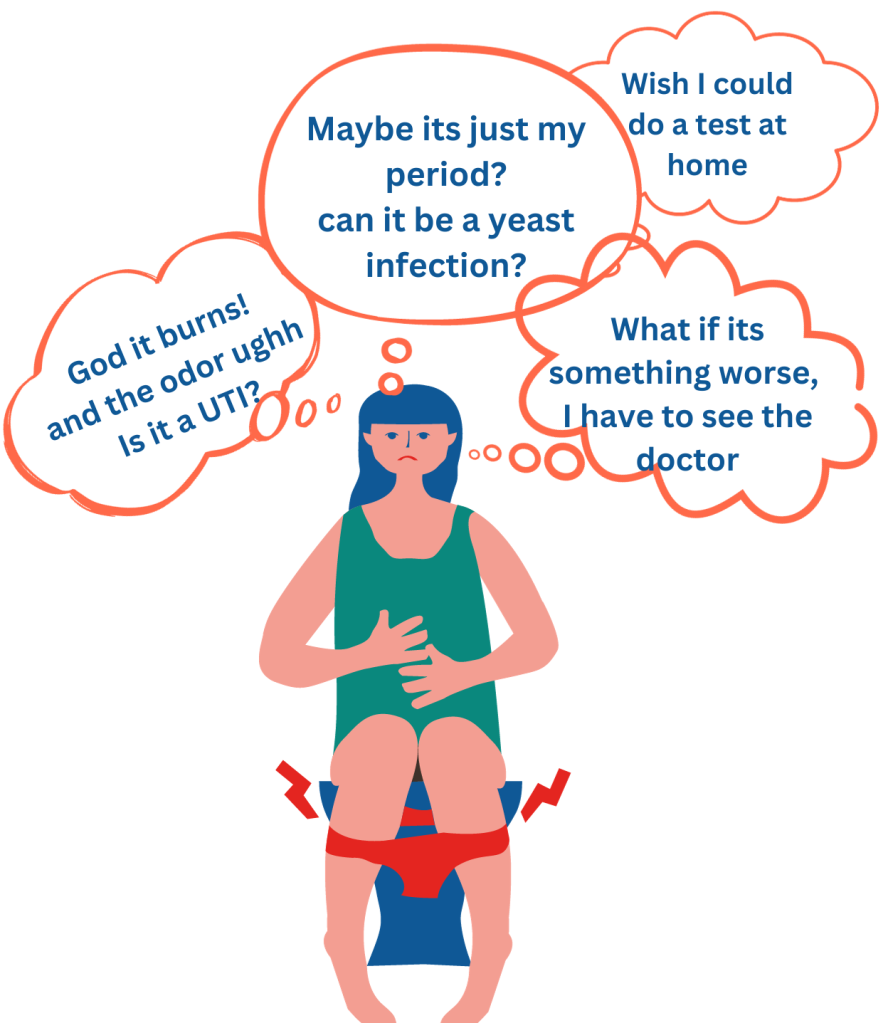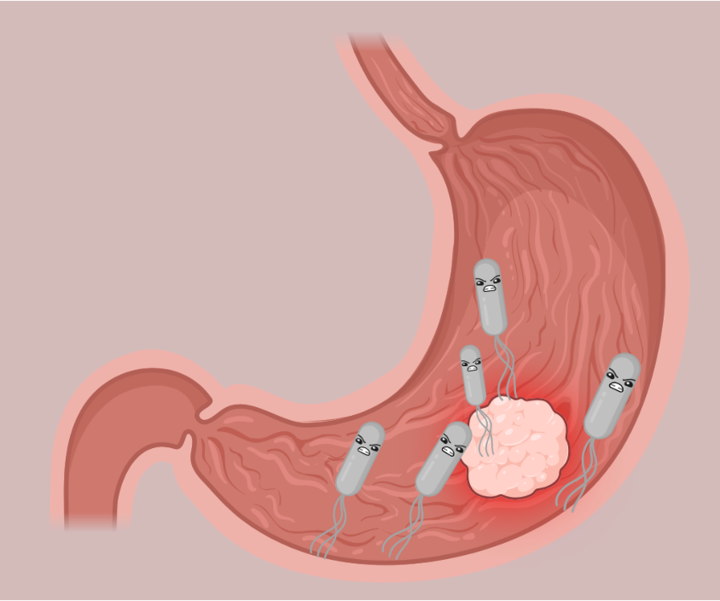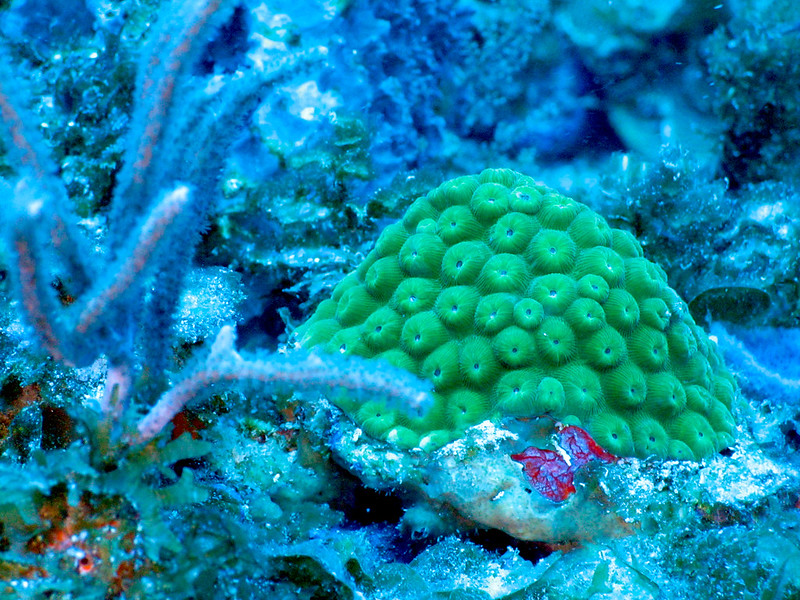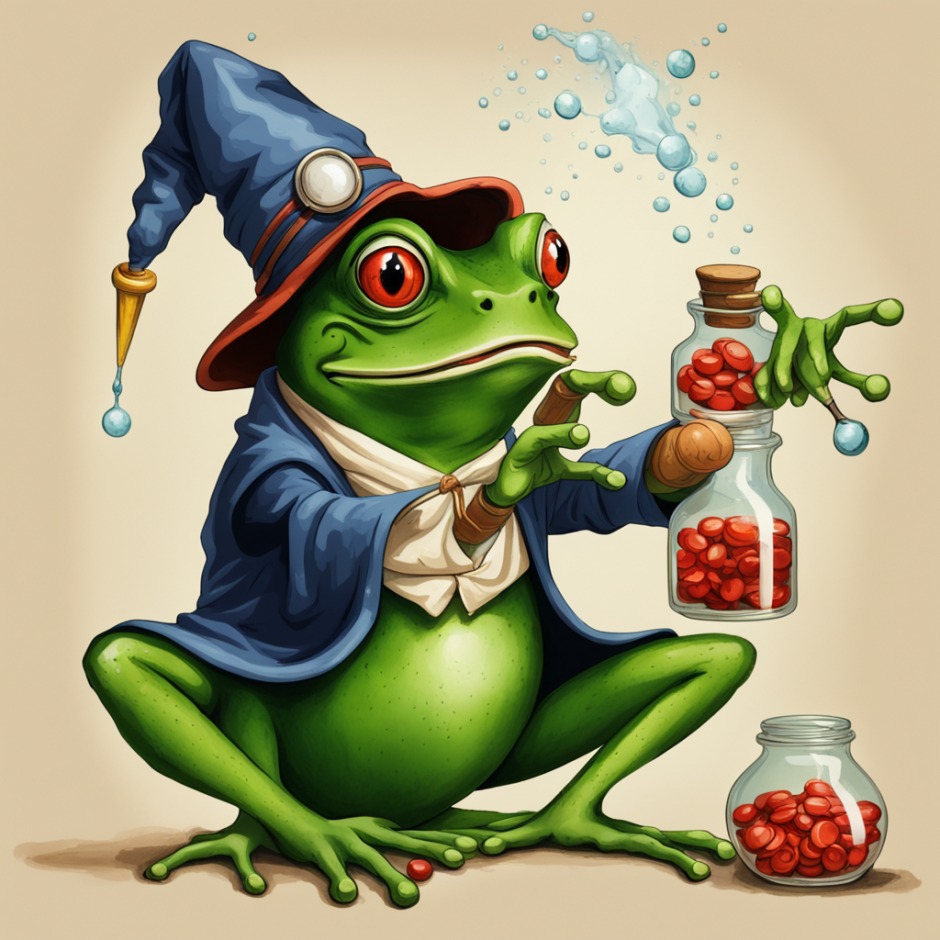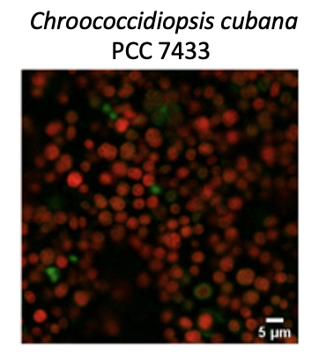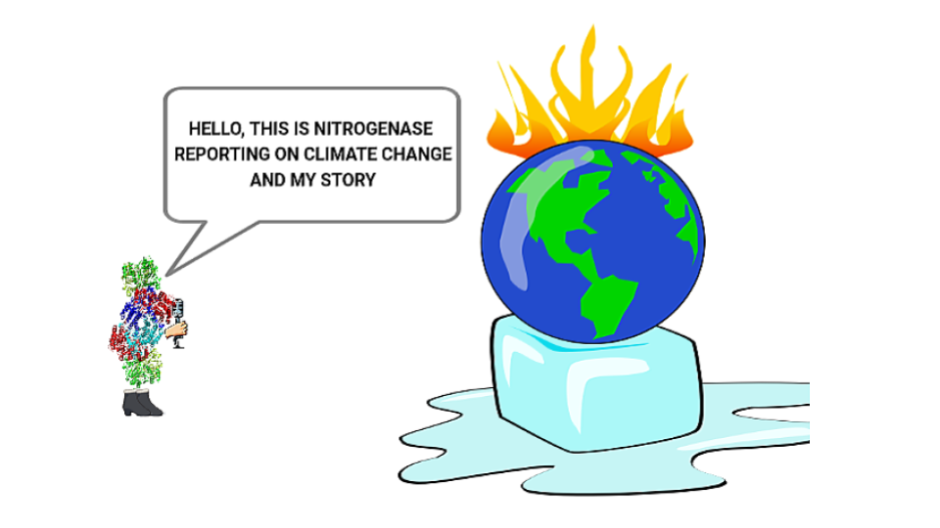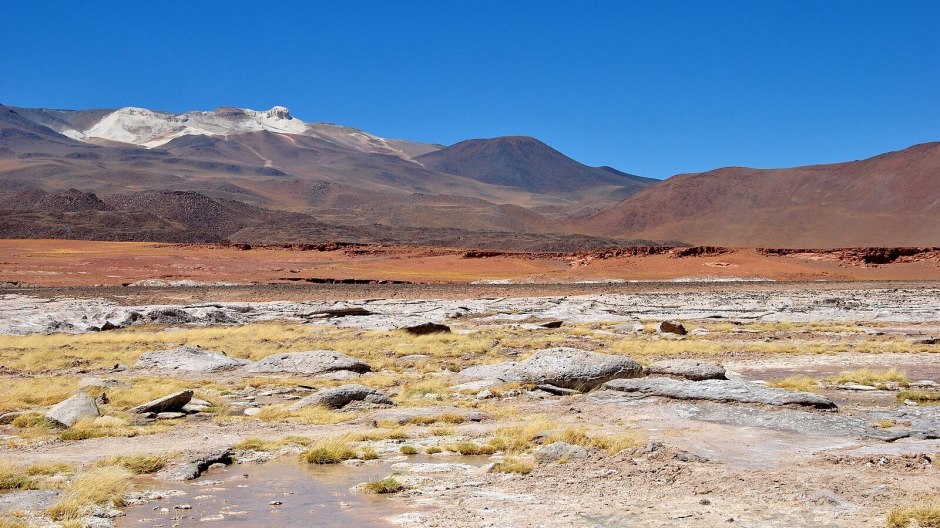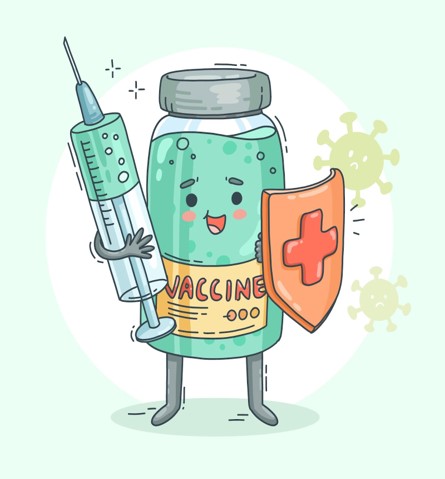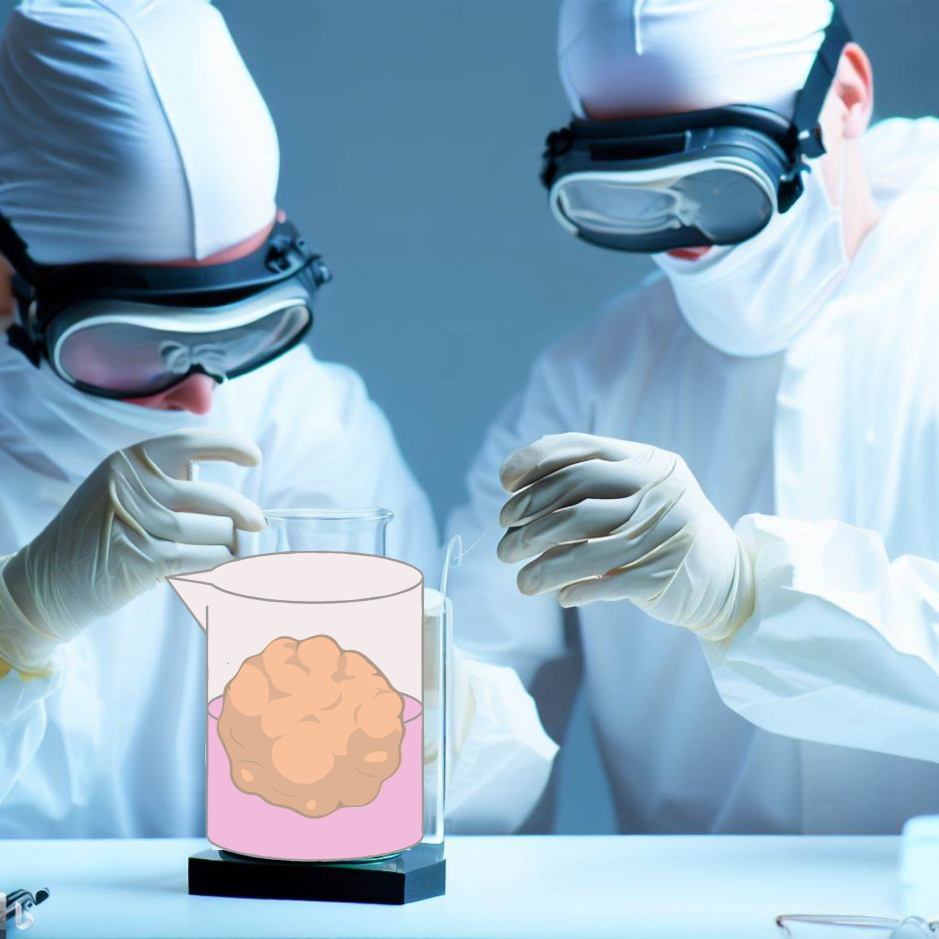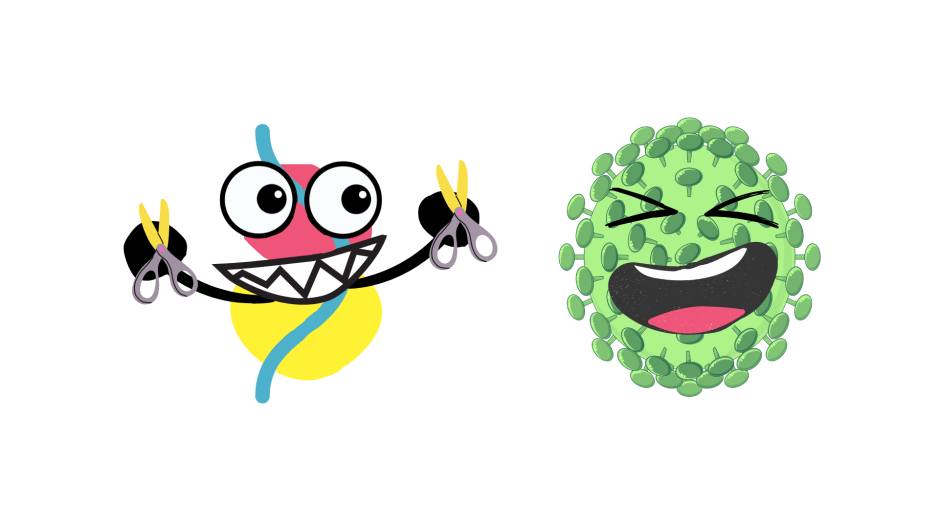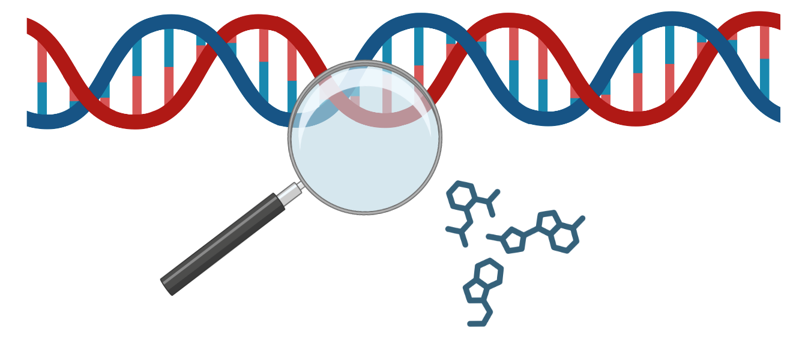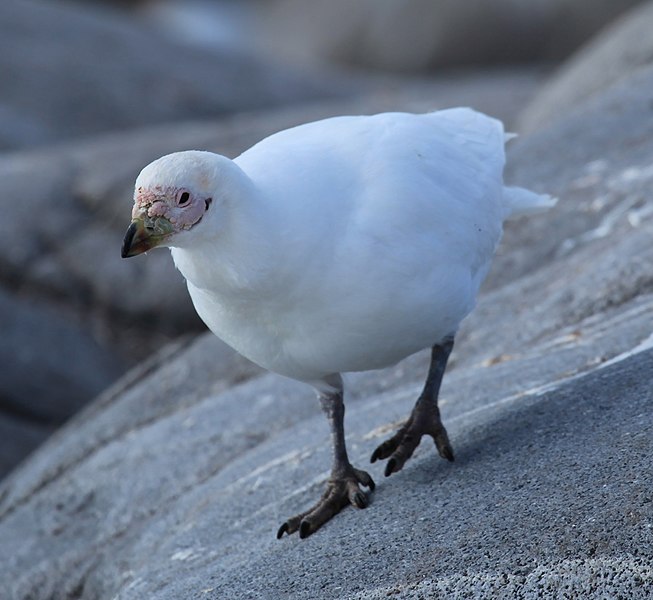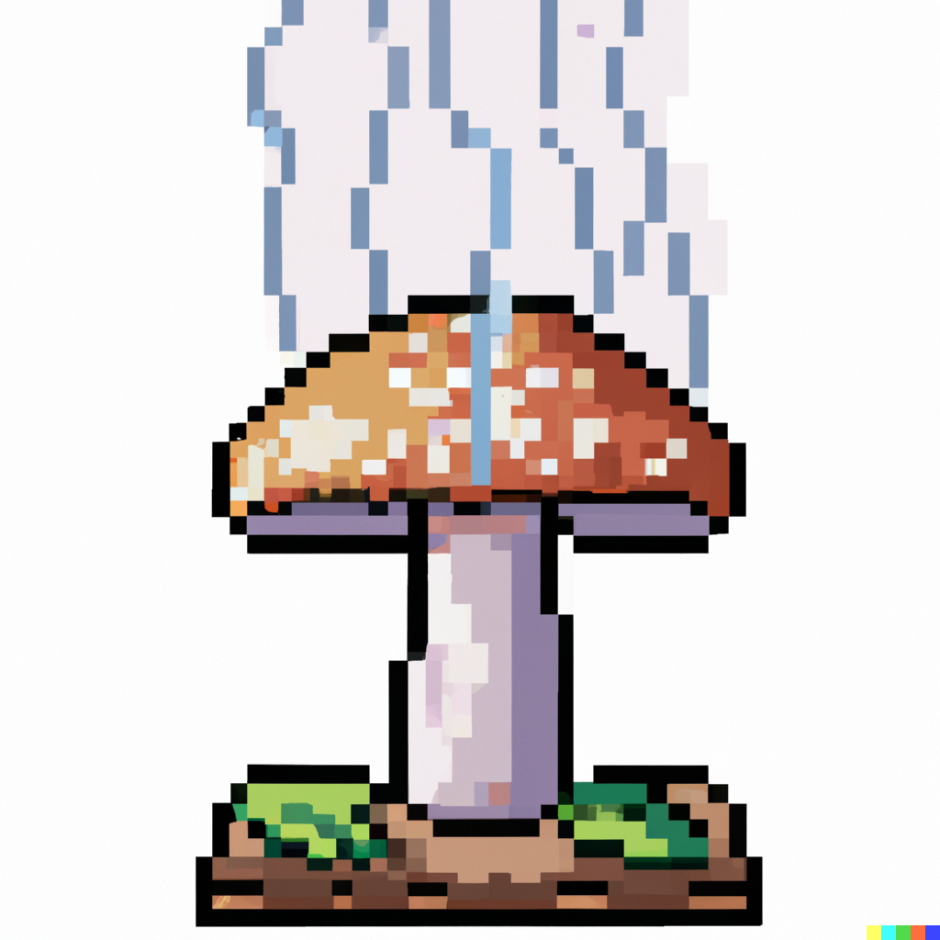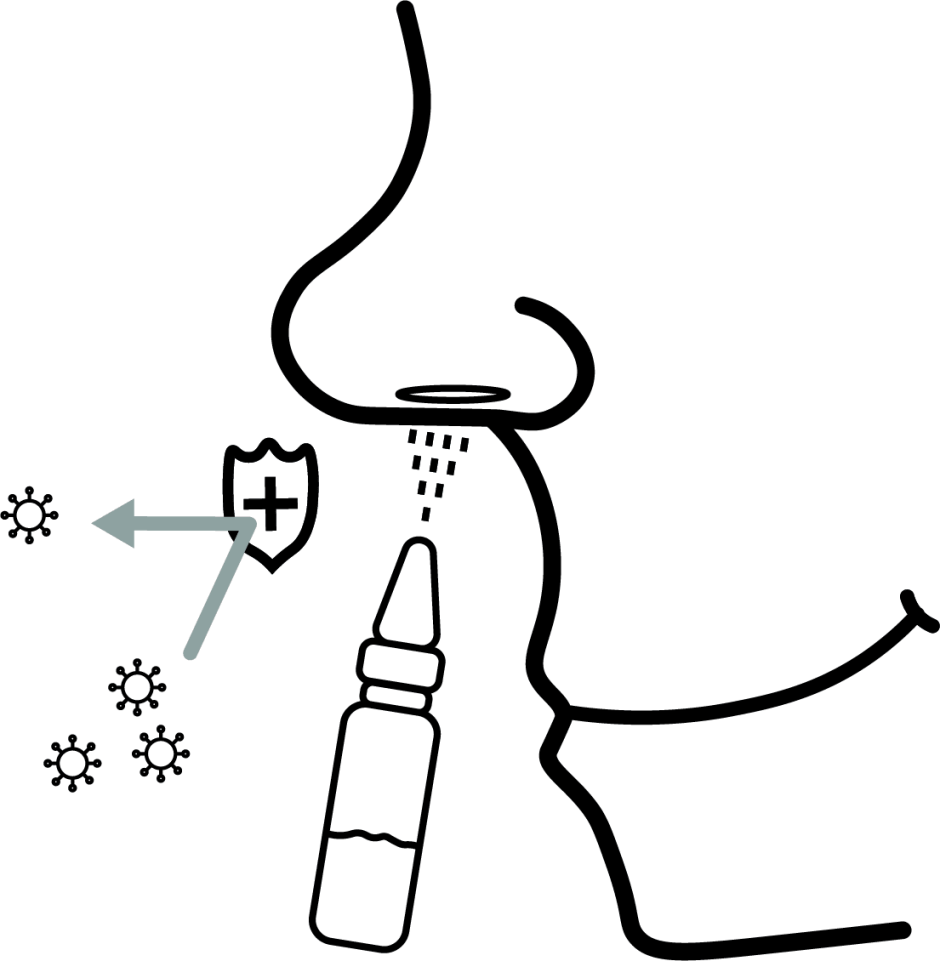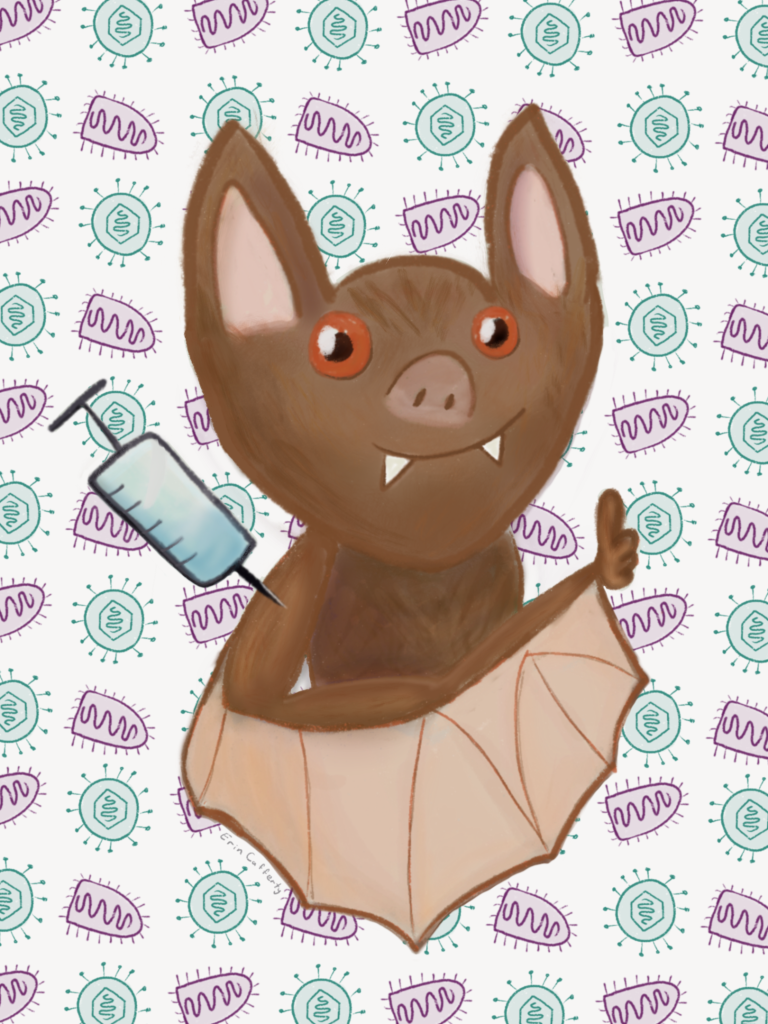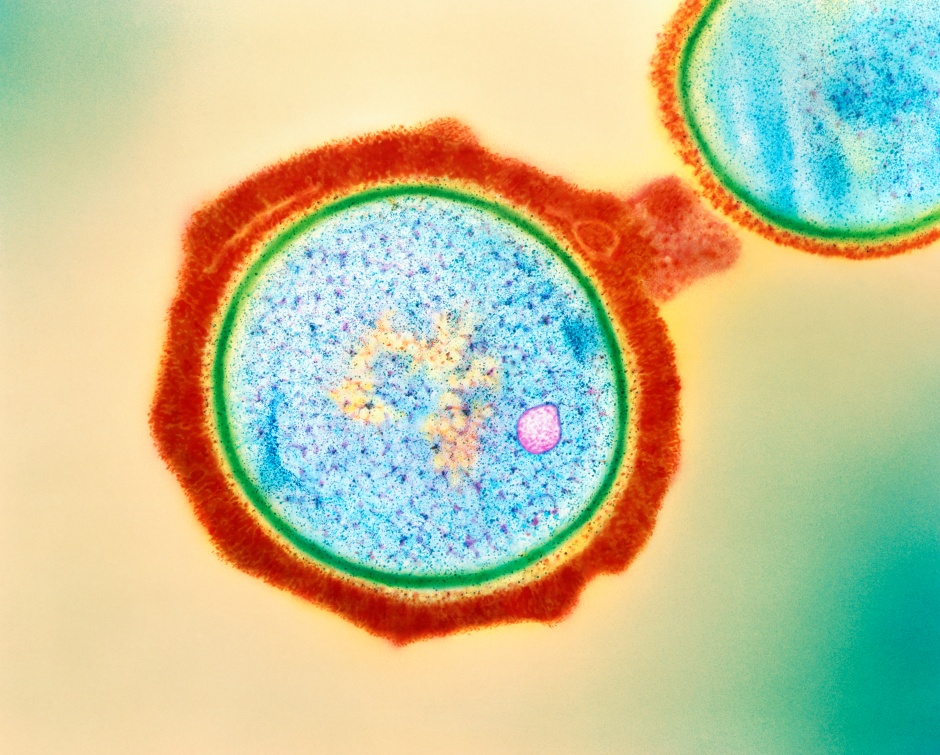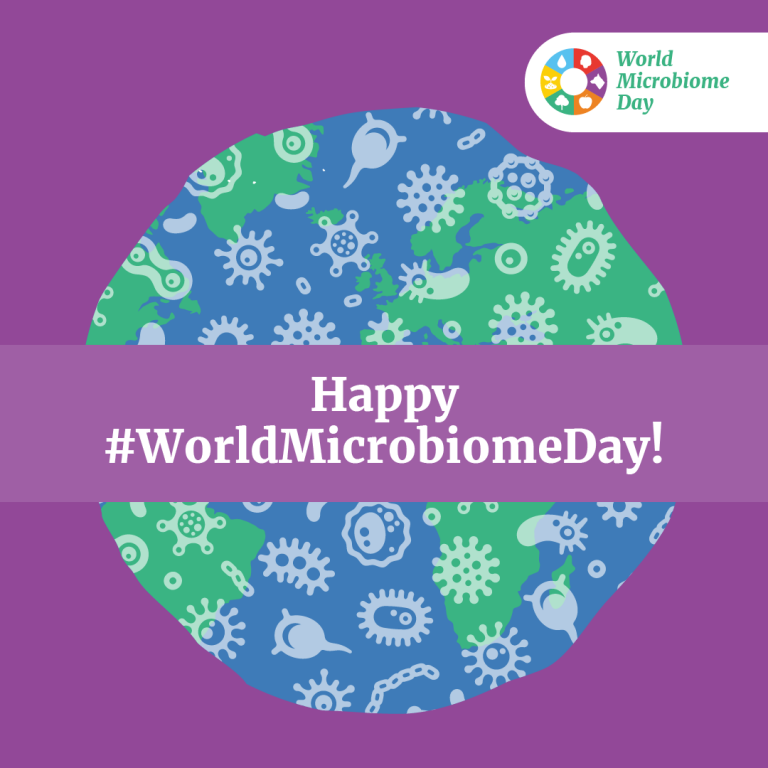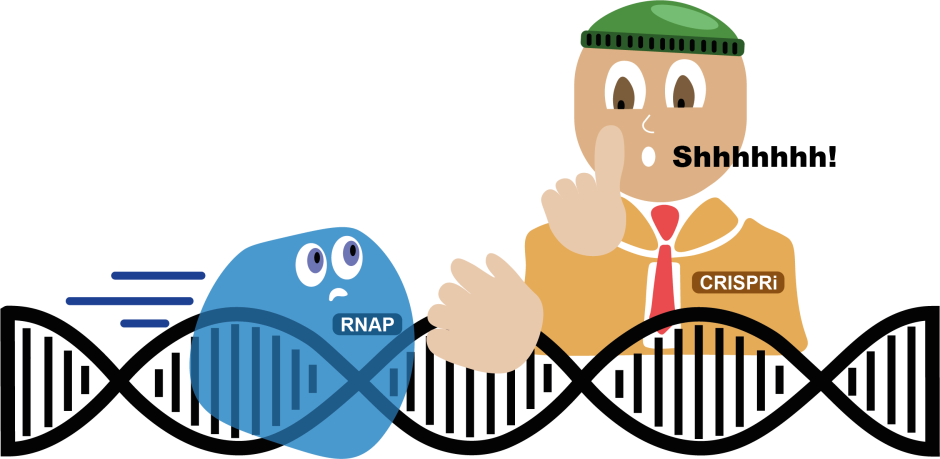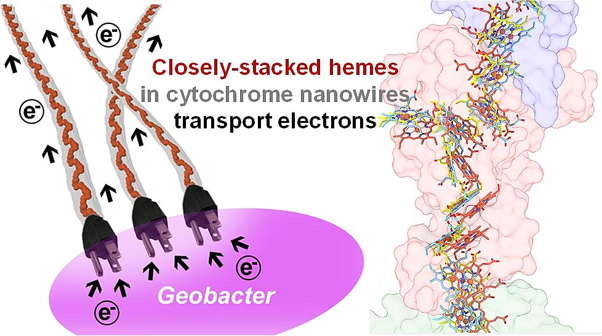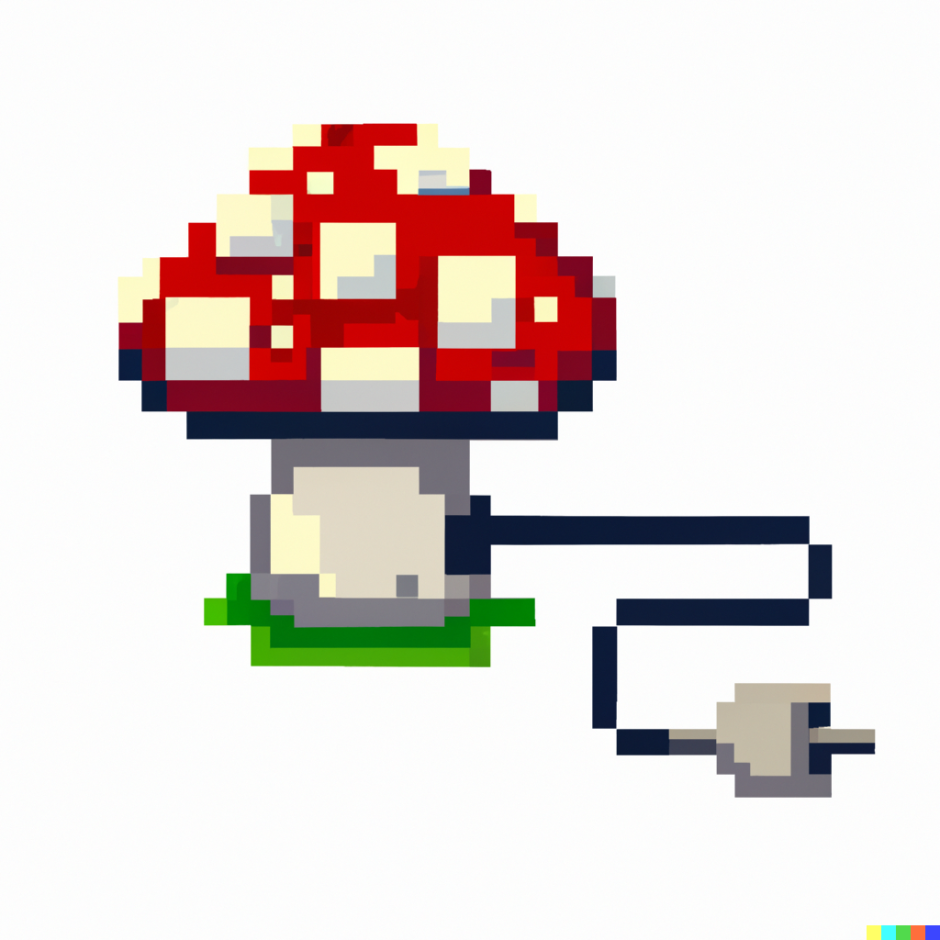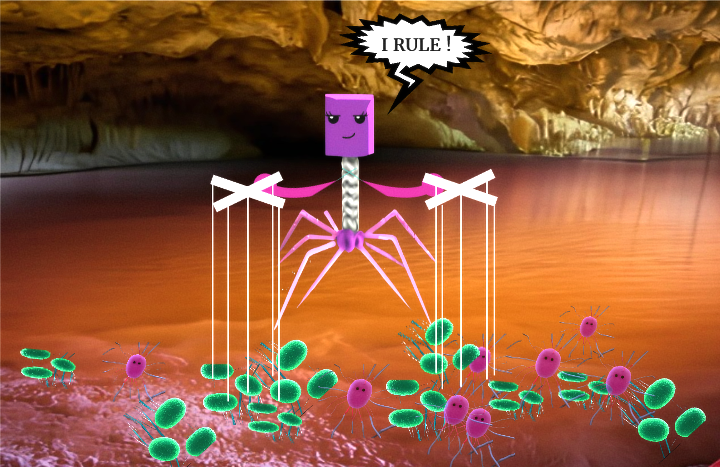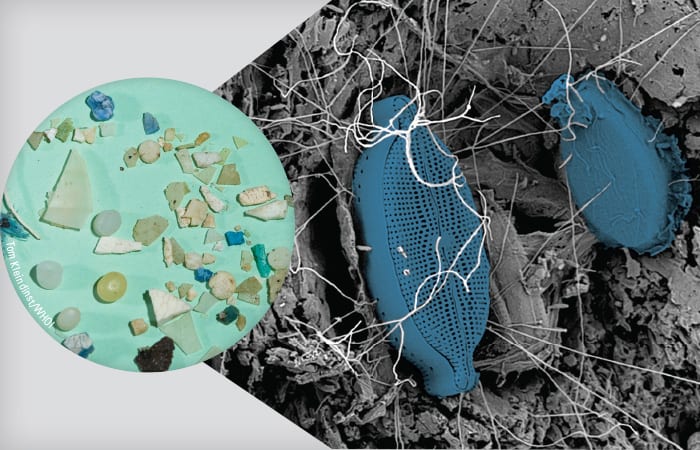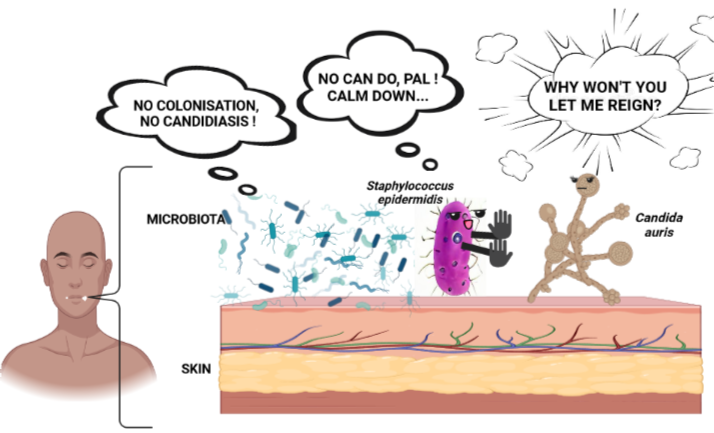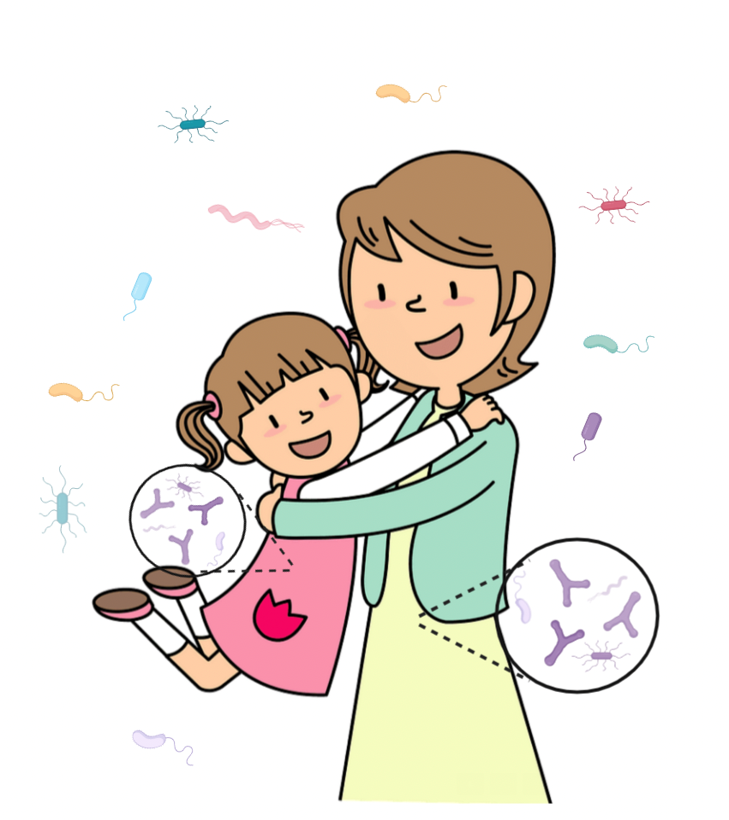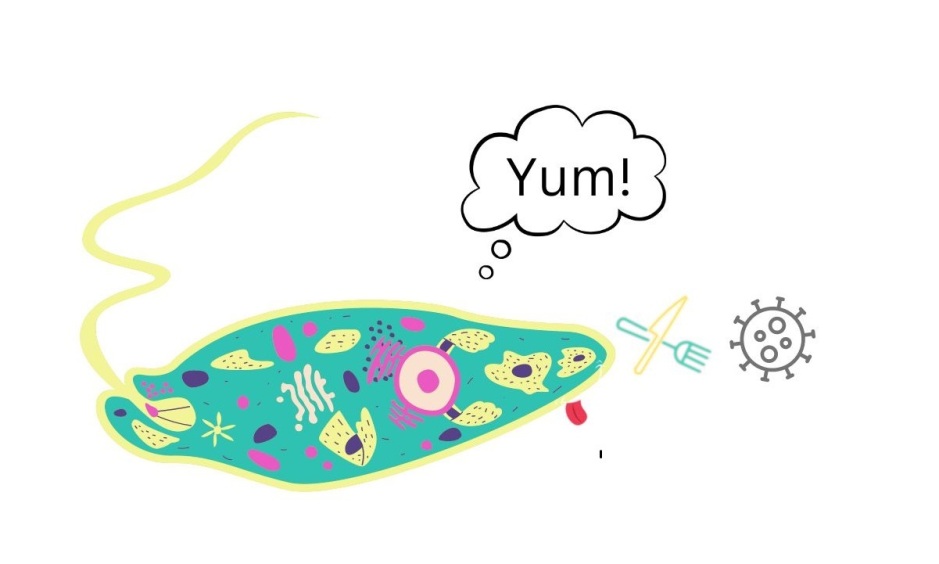
Breaking down the microbiology world one bite at a time
A cheesy story of microbial cooperation
Microbes are everywhere and have been used for centuries to improve our food. To make cheese, for example, a community of microbes consumes lactose and excretes more tasty compounds such as lactic acid. Only recently, we are starting to understand which microbes are involved and how they function. We now know that the main microbes involved are Lactococcus Lactis, Lactococcus cremoris, and Streptococcus thermophilus. However, it is still largely unknown if and how these three strains interact, let alone in the complex context of cheese making.
To unravel the mysteries of the cheese-making process, researchers investigated the interactions between these main microbial players in a recent study. Does the presence of some microbes help others to grow? And do they exchange nutrients? In the long term, this knowledge could help improve the process of cheese making: if we know which species and compounds are essential for the flavour, we can stimulate or limit their presence. More generally, this kind of research helps to evolve the study of microbial interactions in complex ecosystems and develop techniques and methods to study microbes in their natural environments.
During a year-long cheddar-making experiment, the researchers kept track of the microbes and flavour compounds in the cheese. They made the cheese multiple times in parallel, each time leaving out one of the main microbes, to see how their absence would change the process.

A variety of techniques were used in this study:
- Genomics: which genes are present in which microbe? This gives information about the potential functions of each microbe within the community.
- Metatranscriptomics: which genes are expressed by each of the microbes? This shows which genes are active and which function each microbe is executing at a particular time in the cheese making process.
- Targeted metabolomics: the researchers looked for the presence of specific flavor compounds (metabolites) in the cheese mixture. If the absence of a microbe leads to a lack of compound A, it could be concluded that that microbe is in some way responsible for the production of compound A.
- Genome-scale metabolic modelling: given the known genes of each organism, it is possible to make a map of the reactions that each microbe can potentially execute. Then, given the conditions and an optimization algorithm, the researchers could calculate the mostly likely reactions that the bacteria are carrying out. This then provided information about which compounds could potentially be exchanged.

Using these techniques, the researchers found strong indications of cross-feeding in the community, meaning that a compound is exchanged between two or more microbes. Indications of this interaction were:
- When S. thermophilus is left out of the mixture, Lactococcus microbes grow less well. This indicates that the former is somehow necessary for the growth of the latter.
- When S. thermophilus is left out of the mixture, the targeted metabolomics results change: different compounds are present in the cheese. This indicates that S. thermophilus is impacting the composition of the cheese, and changes the environment for the other microbes that are present.
- The metabolic modelling results predict that S. thermophilus is exporting a compound called valine, which is taken up by the other species in the community.
- The transcriptomics results show that genes for the production of valine are indeed active in S. thermophilus, as well as genes necessary for the export of this compound.

Besides the indication of cross-feeding in the community, the researchers also found the microbe that seems to have the biggest impact on the cheddar’s flavor: Lactococcus cremoris. When this species is left out, the researchers find higher amounts of acetoin and diacetyl, compounds that are known to impact the cheese’s flavor positively in small quantities – they give a butter-like taste- but don’t taste good in higher concentrations. The genomic and transcriptomic results also confirm that the genes involved in taking up these compounds are present and active mostly in Lactococcus cremoris.
The study employs an impressive set of techniques to study the microbes naturally present in cheddar, and shows that the bacteria impact each other’s growth. This is a stepping stone to understanding microbes in natural environments and to improving the process of cheese production by tuning species composition.
Link to the original post: Melkonian, C., Zorrilla, F., Kjærbølling, I. et al. Microbial interactions shape cheese flavour formation. Nat Commun 14, 8348 (2023). https://doi.org/10.1038/s41467-023-41059-2
Featured image: made with Bing Image Generator.


